In 1840, only 55 percent of children in the country attended primary school. Most rural communities had one-room school houses where children of all ages learned together. Many students were siblings and the older pupils helped teach the younger ones in the classroom. Boys typically attended school for more years than the girls because they needed the education to manage the farm. By 1900, 34 states had laws requiring children to go to school.
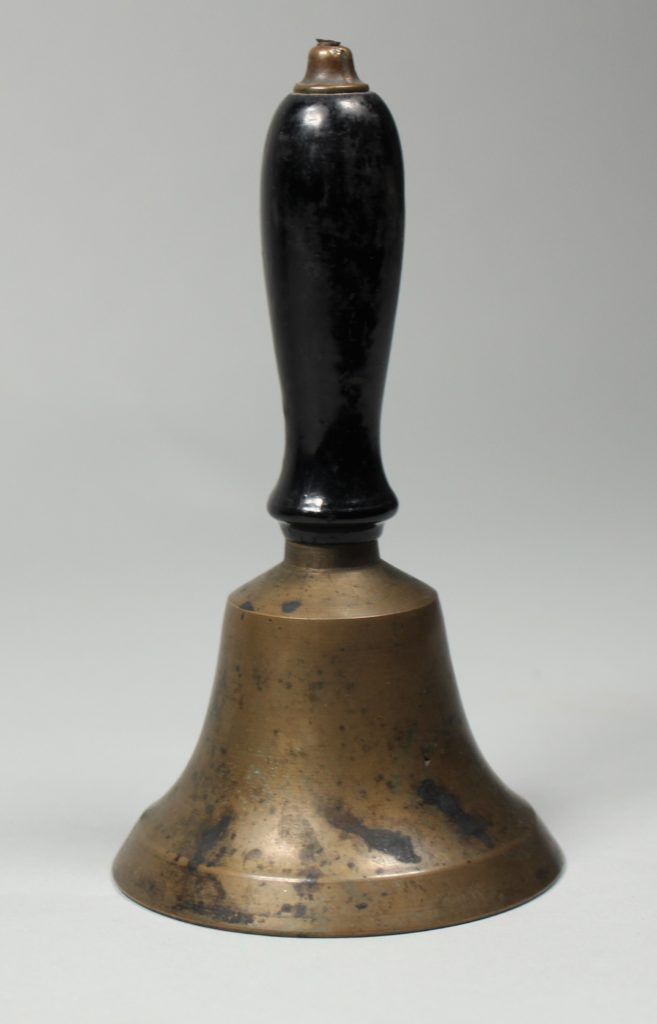
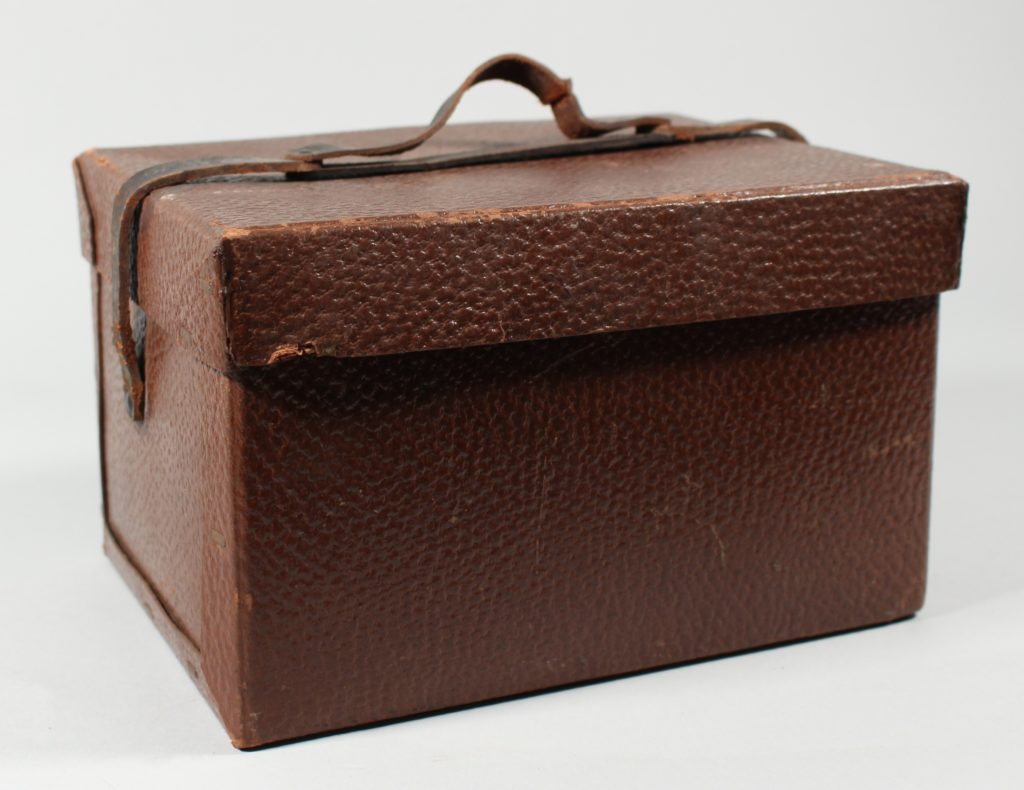
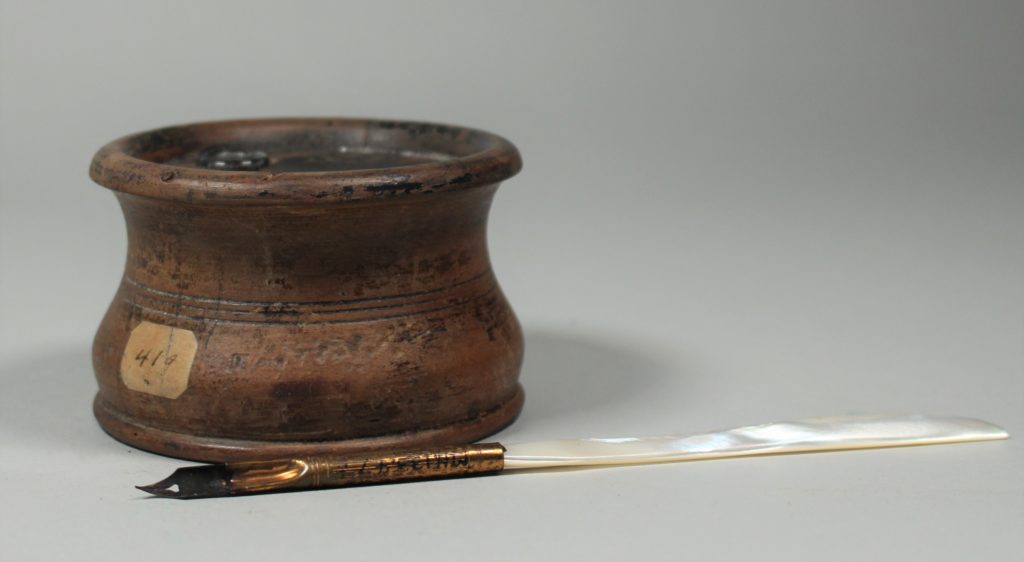

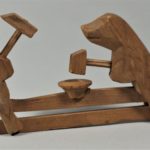
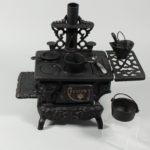
Children didn’t have very many toys because they were often too busy helping their parents. The toys they did have were usually educational in some way or derived from a household item; detailed toy stoves were created to play with and to teach children how to cook.